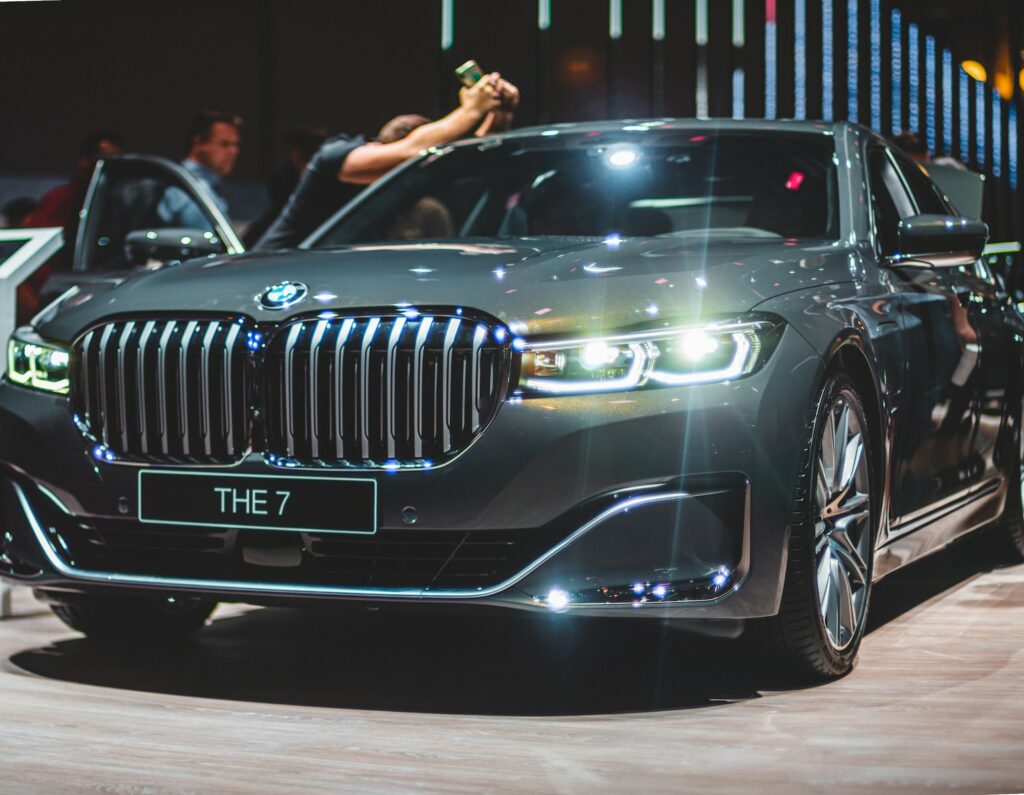Xenon headlights, also known as HID (high-intensity discharge) headlights, are a newer and more efficient alternative to traditional halogen headlights. They use a different technology to produce a brighter and whiter light that is closer to natural daylight. In this article, we will explore the purpose, importance, benefits, and use of xenon headlights, as well as other types of headlights available on the market.
Purpose of Xenon Headlights
The primary purpose of xenon headlights is to provide brighter and more efficient lighting for vehicles. They use less power to produce a brighter light than traditional halogen headlights, which means they can improve visibility and safety while driving. This is especially important for drivers who frequently travel on rural roads or in areas with little to no street lighting.
Importance of Xenon Headlights
Xenon headlights are becoming increasingly important as the trend towards more energy-efficient technology continues to grow. They use less power to produce the same amount of light as halogen headlights, which can help to reduce the load on a vehicle’s electrical system. This can improve the overall fuel efficiency of the vehicle and help to reduce emissions.
Benefits of Xenon Headlights
One of the main benefits of xenon headlights is their brightness. They can produce a light that is up to three times brighter than traditional halogen headlights. This can greatly improve visibility and safety while driving, especially in low-light conditions. They also have a longer lifespan than halogen headlights, which means they will need to be replaced less frequently.
Another benefit of xenon headlights is their color temperature. They produce a light that is closer to natural daylight, which can reduce eye strain and fatigue while driving at night. This can also improve visibility and make it easier to identify objects on the road.
How to Use Xenon Headlights
Xenon headlights are designed to be used just like traditional halogen headlights. They are typically controlled by a switch on the dashboard of the vehicle, and can be turned on and off as needed. However, it is important to note that they do require a special type of bulb, called a xenon HID bulb, which is not interchangeable with traditional halogen bulbs.
Precautions
When using xenon headlights, it is important to be aware that they can be more intense than traditional halogen headlights. This can cause glare and reflection, which can be dangerous for other drivers on the road. It is also important to note that they should not be used in areas where they may cause a disturbance, such as in residential areas or near wildlife.
Why was this invented?
Xenon headlights were first introduced in the early 1990s as a more energy-efficient alternative to traditional halogen headlights. They were developed as a way to improve the visibility and safety of vehicles while also reducing the load on the vehicle’s electrical system.
Other Types of Headlights
There are several other types of headlights available on the market, including LED (light-emitting diode) and laser headlights. LED headlights are similar to xenon headlights in that they are more energy-efficient and produce a brighter light. However, they are not as bright as xenon headlights and have a shorter lifespan.
Laser headlights are the newest and most advanced type of headlights available. They use a laser to produce a very bright and intense light that can be up to three times brighter than traditional halogen headlights. However, they are not yet widely available and are typically only found on high-end luxury vehicles.
In conclusion
Xenon headlights are an excellent alternative to traditional halogen headlights, they offer an energy efficient, brighter and more natural light, that greatly improves visibility and safety while driving. They are becoming increasingly popular among car manufacturers and are available in many new cars today. However, it is important to be aware of the potential glare and reflection they can cause and to use them responsibly. Additionally, it’s important to keep in mind that they do require a special type of bulb and that they should be replaced less frequently than halogen headlights.
When it comes to purchasing a new vehicle, it’s worth considering the type of headlights that are available and choosing the one that best suits your needs. Whether it’s xenon, LED, or laser headlights, each has its own unique benefits and drawbacks. It’s important to do your research and consult with a knowledgeable professional to ensure you make the best decision.
In summary, xenon headlights are a great alternative to traditional halogen headlights, offering a brighter and more natural light, longer lifespan, and energy-efficient performance. They are a great choice for drivers who frequently travel on rural roads or in areas with little to no street lighting. However, it is important to use them responsibly and to replace them with the right type of bulbs. With the right choice of headlights, you can greatly improve your visibility and driving experience.



